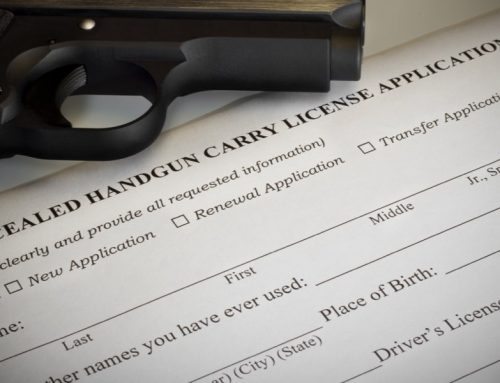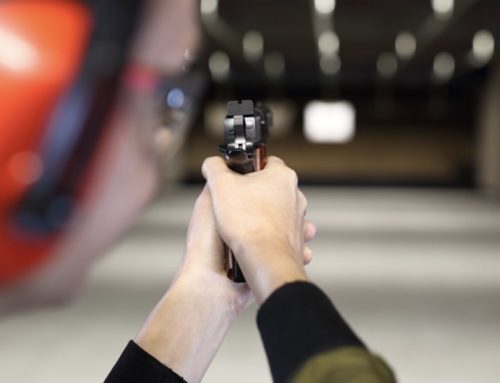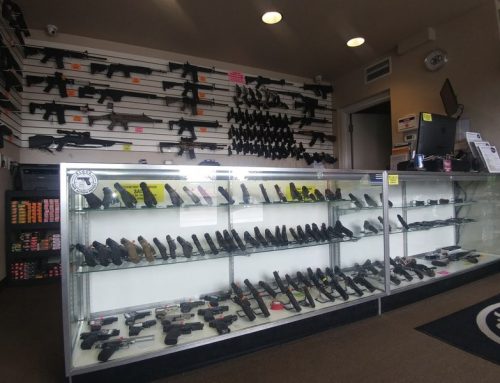Many, many of our customers have had issues with their .22 semi-autos, both new and old and from reliable manufacturers and less-so manufacturers.
Here are the most common issues with .22 semi-autos:
One, if you don’t have a good grip and a good stance, you may be “limp wristing” the gun, causing the slide to not fully cycle. If the slide doesn’t fully retract, the timing of the gun is disrupted, and the spent round may not eject properly and/or the next round may not load properly. This is the most common issue we see shooters have with semi-autos in general. Not having a proper and secure grip (a little instruction on this goes a long way) allows the gun to move enough in the shooter’s hand to dissipate some of the recoil energy the slide needs to fully cycle. Partial cycling will cause malfunctions.
Two, even if you are not limp-wristing the gun, because of the low inherent recoil of a .22 round, certain ammo may not fully cycle the slide, you may need to use ammo that is hot enough (high muzzle velocity) to force the pistol to cycle fully so that you don’t end up with partially ejected casings.
Three, good ammo is a must. ALL .22LR tends to cause a little trouble by the nature of the round. Instead of a large, dedicated primer in the back of the cartridge (like centerfire ammo), the tiny rim of the shell is filled with a minute amount of powder which the firing pin hits to attempt to set off; this is called rimfire ammo. Even with high-quality ammo, you can have as much as a 10% failure rate in a box of ammo. Better-quality ammo cuts down on that but does not eliminate it entirely. Incidentally, because of the way the rimfire pin works, NEVER dry-fire a .22LR gun unless the manufacturer specifically states that it will not damage the firing pin.
Four, cleanliness is next to reliability with any .22. The round is dirty by nature. There is much less space between the chamber and barrel of a .22 firearm, so dirt and debris have a relatively higher effect on the tiny cartridges. A good cleaning and proper lube can fix a lot of problems. Remember, that slide has to be able to smoothly slide back and forth, so a dirty or dry slide can cause enough drag to malfunction a .22; this can happen even on a larger caliber semi-auto.
Five, if your magazine is in any way damaged or defective, the rounds may not feed smoothly into the gun and will cause malfunctions. We recently had to replace the magazine on our HK 416 rental rifle due to a worn-out magazine not cleanly feeding the ammo.
Six, if you haven’t carefully loaded the magazine so that the cartridges are well-seated in the magazine, it can cause problems.
Seven, if you have an older gun, the recoil spring might need replacement.
Eight, if you purchase a lesser brand firearm, your .22 is more prone to issues. Cheap guns typically have more issues than more expensive guns due to production and tolerance variances that do not guarantee consistent operation.



